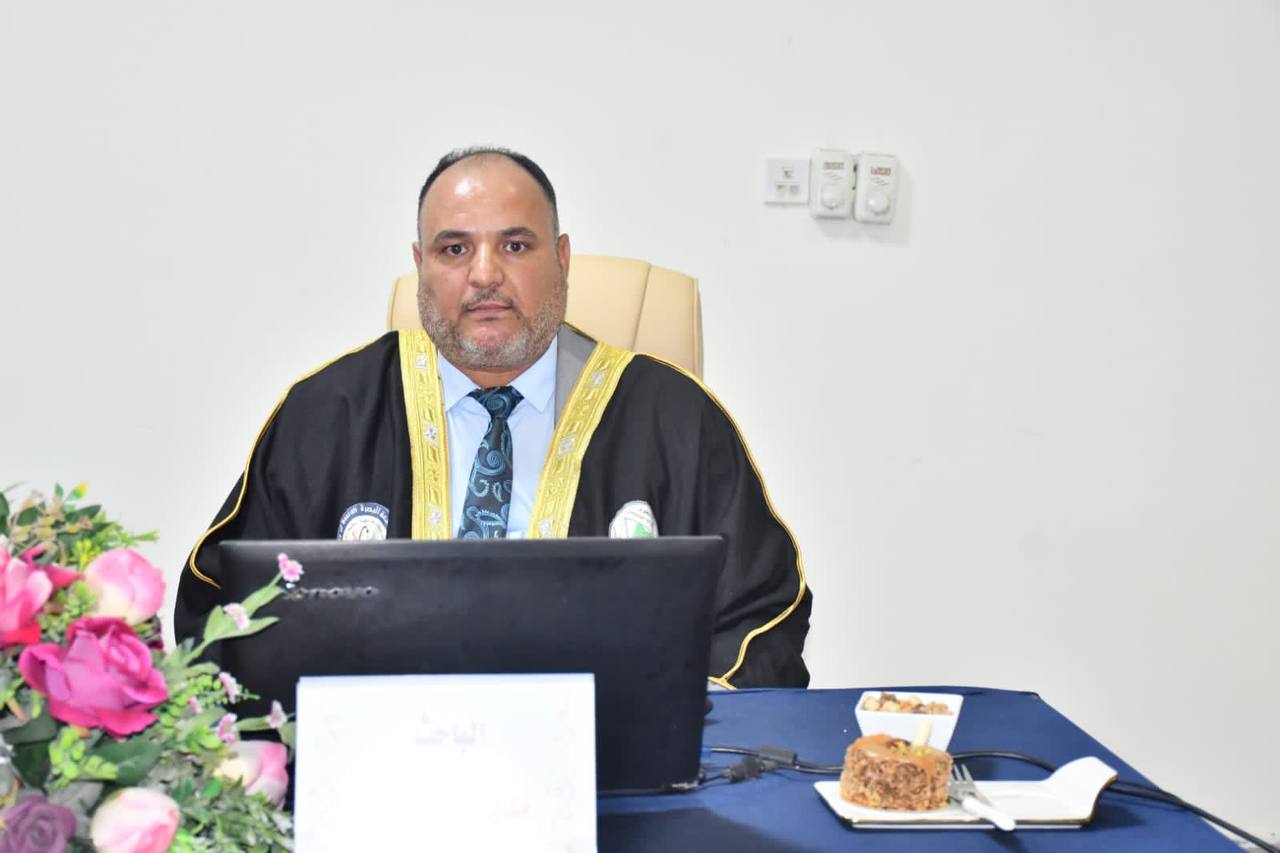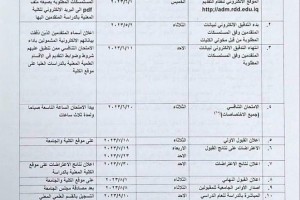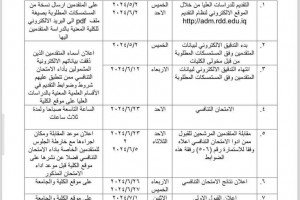


The Department of Geology at the College of Science discussed a master's thesis entitled (Study of microfacies analysis, petrophysical properties of the supervisor's formation in the Al-Gharraf oil field). The thesis of the researcher Madin Hadi Ali aims to determine the depositional environments for the formation of the supervisor in the Al-Gharraf field by conducting a lithological study of the fine facies and the transformational processes, as well as the study of the effect of facies variability and transformational processes on the efficiency of the reservoir, in addition to using the analysis and interpretation of the probes to predict the lithology of the reservoir by studying the characteristics Petrophysics such as porosity and water saturation as well as calculation of hydraulic flow units using core information such as porosity and permeability.
The results reached to the identification of six facies groups that represent distinct sedimentary environments for the formation of the carbonite supervisor, as follows: the deep open sea, the shallow open sea, the rudest reefs, the shallow, behind the shallow and the confined sea. The facies changes and the effect of modulation processes are among the most important factors controlling the heterogeneity of the reservoir properties of the supervisor's formation. The porosity and the high permeability of the reservoir facies are due to the presence of the contiguous ischemic pores formed by the effect of dissolution.







